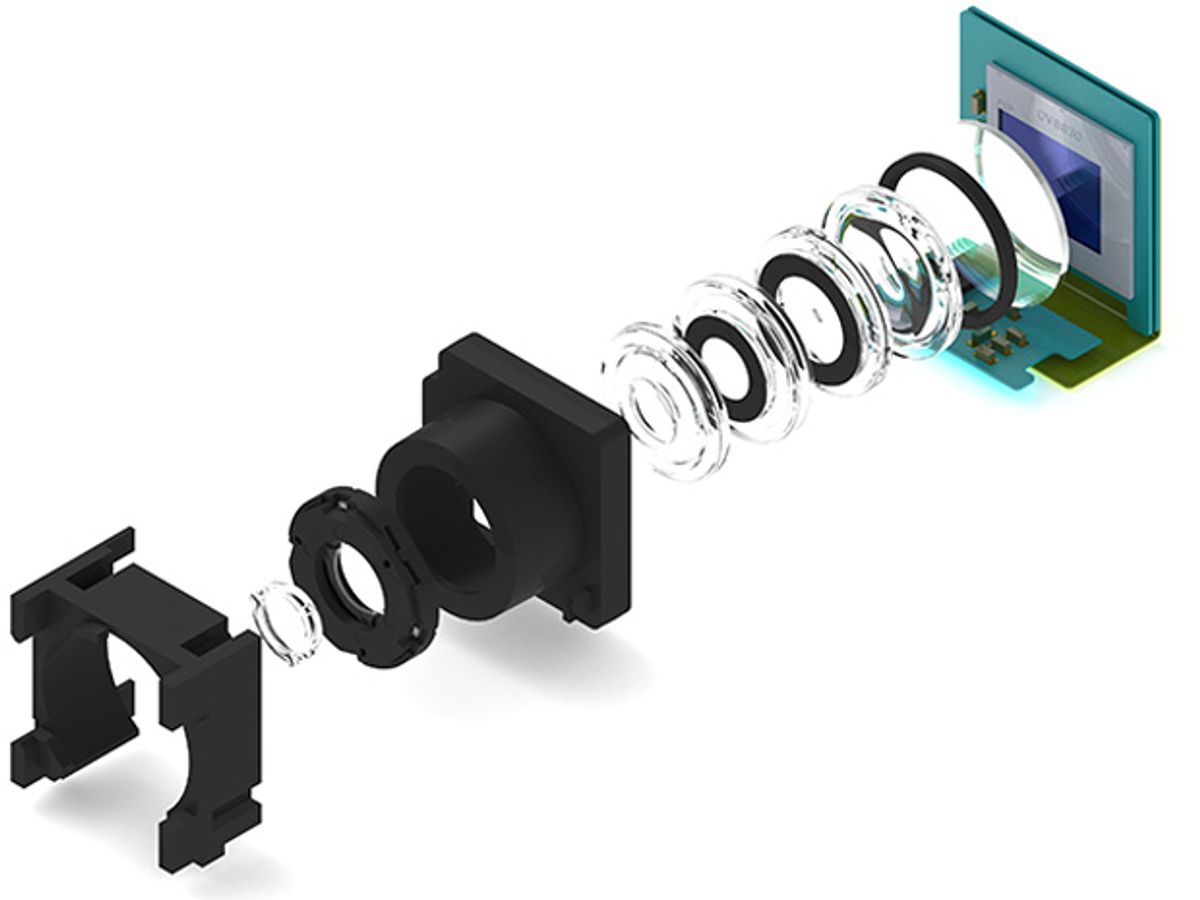The annual MEMS Executive Congress, held earlier this month in Napa, Calif., is more about contemplating trends than specific product innovations. But attendees did get a few glimpses of technologies soon to come out of startup companies. Three of those startup efforts stood out.
• The Memscam from Digitaloptics Corp.Ten years, US $100 million, and 1000 patents—that’s what Eric Sigler, vice president of product marketing for Digitaloptics Corp., says it took Digitaloptics to create a camera module that autofocuses by moving tiny lens elements electrostatically. Sigler says that the tiny camera, intended for use in smart phones, uses two orders of magnitude less power than autofocusing cameras typically used in cell phones, which use voice-coil motor technology to operate. He also promised that the Memscam focuses 10 times as fast as existing cell phone cameras. Sigler expect the first phones to use the camera will come out in China, from manufacturer Oppo.
• Energy harvesters from Microgen Systems. Powering the Internet of Things—the connected world of the future that anticipates sensors all over the place, constantly communicating with each other—is going to require power that doesn’t come through wires. Companies have looked at using thermoelectric effects and harvesting radio waves as possible solutions. Robert Andosca, president and CEO of Microgen Systems, says he has a better way—converting vibrations into electricity using a MEMS device. It incorporates a multilayered cantilever, with at least one piezoelectric layer that converts the movement of the lever into electrical energy. The company calls this device the Bolt Micro Power Generator. He demonstrated the energy harvester by placing it on a standard Parrot AR Drone.
• FingerSense from Qeexo.com. Julia Schwarz thinks it’s time to stop just poking at our smart gadgets. And she has me convinced. Her company, Qeexo, has not built a new MEMS device; rather, it’s using information from the accelerometers already built into smartphones and tablets in a new way. Commercializing algorithms she developed as part of her PhD research at Carnegie Mellon University, Qeexo’s software analyzes the vibration generated when you touch the screen and determines whether you’re using your fingertip, knuckle, fingernail, or a stylus. Apps can then use that information to allow different types of touches to perform different function—a knuckle swipe, for example, could highlight text instead of scroll down the page; a fingernail could bring up a menu. It seems simple, but it’s not so easy to implement: Schwarz said she’s met with manufacturers who aren’t interested at first, then come back and tell her that they tried and failed to replicate the technology and are now ready to talk. Carnegie Mellon has six patents on the technology, which Qeexo is exclusively licensing.
Tekla S. Perry is a senior editor at IEEE Spectrum. Based in Palo Alto, Calif., she's been covering the people, companies, and technology that make Silicon Valley a special place for more than 40 years. An IEEE member, she holds a bachelor's degree in journalism from Michigan State University.



